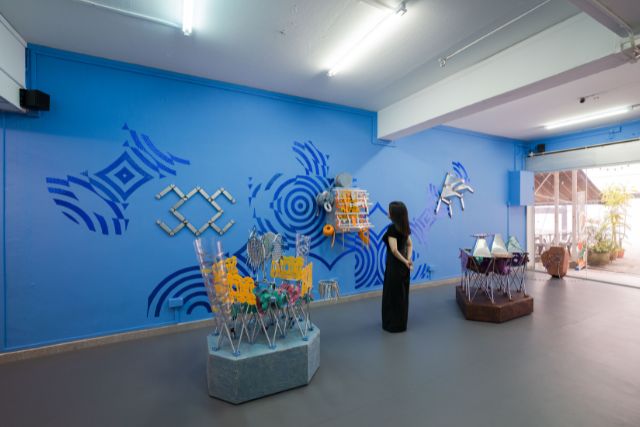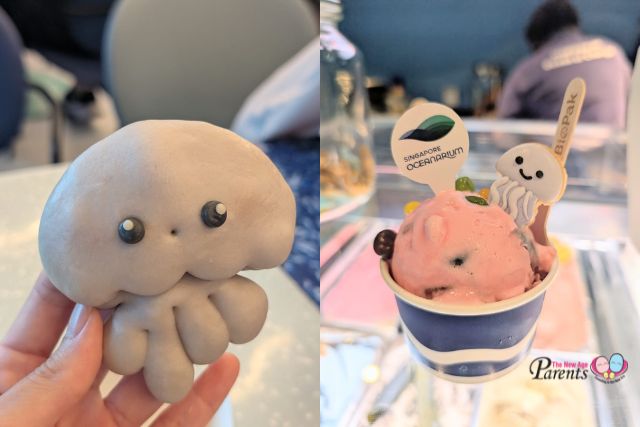Have you ever wondered how your little precious bundle developed inside you? Every baby is unique and develops at his/her own pace. Here is a general scheme of how it all started in you.
Where it all begins…
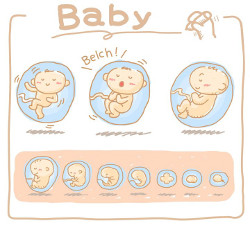
It all starts from two little organs called ovaries at the side of the uterus (womb) for the woman. The ovaries start off with millions of oocytes (eggs) from birth and the number decreases as the years go by until menopause.
During each month of the menstrual cycle, the oocytes mature upon hormonal stimulation and the “destined” egg is then released from the ovary. The egg is transported through the fallopian tubes into the uterine cavity. This is known as ovulation. Ovulation timing for every woman is different depending on the length of the menstrual cycle. In an average 28-day cycle, ovulation is most likely mid-cycle and can range from day 12 – day 15, using the 1st day of menses as day 1.
The lifespan of the oocyte is about 24 hours after release. If it does not meet up with a healthy sperm then it will disintegrate naturally and the next menstrual cycle will start.
Once the egg is fertilized by a sperm, it will start to develop into an embryo. Only when this embryo has travelled through the fallopian tube and implants in the uterus are you considered pregnant.
An ectopic pregnancy can occur if implantation occurs outside of the womb. This usually happens in the fallopian tube and sometimes, surgery is required for its removal before it damages the tube or even ruptures.
The 1st Trimester
Aside from missing your period, you might start to experience some tell-tale signs that you are expecting. From the 4th week onwards, your breasts might start to feel tender and you might even feel nauseous. These are due to the surge in pregnancy hormones. Some of you might feel perpetually tired and even have frequent headaches.
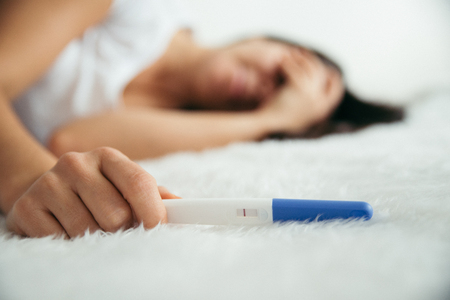
At the 5th-6th week, your little one is about the size of a small seed and your baby’s heart will start to beat and major organs are starting their development. The neural tube that protects your baby’s spinal cord is also developing and closing over. This is where folic acid plays an important role. A defect in the neural tube can lead to spina bifida, a condition where the protective covering of the spinal cord is not complete and this can result in permanent nerve damage.
Initially, your little one would look just like a little tadpole but as the weeks go by, the little tail would disappear and the major organs would develop more complexity. His face would start to form and limbs would start to develop. Your baby’s heart rate is usually twice that of yours.
Once you reach the 9th-10th week, the placenta would be fully functional and your baby’s organs would start to develop rapidly. You might see fetal movements during your antenatal ultrasound but you won’t be able to feel any of it just yet.
Towards the end of the 1st trimester, many of the vital organs would have been formed and will start to rapidly grow and mature.
The 2nd Trimester
Your baby will start to grow ultra-fine hair all over which is also known as lanugo hair. This will usually disappear before birth. Your baby’s muscles are also starting to work and he can even suck his thumb. The arms and legs are rapidly growing and all his joints and limbs can move quite well now. By about 16 weeks, your baby will be nearly the size of your hand and his blood circulation and urinary tract will be fully functional.
From as early as 16 weeks onwards, you might start to feel a little tingle in your tummy which is the first time you can feel fetal movements. This is known as quickening.
Between 18 – 22 weeks, you would have a mid-pregnancy ultrasound scan to look at how your baby has developed and grown. This scan also screens for any defects in organ development and to assess the placenta and umbilical cord. You should also be able to see if you are expecting a little boy or girl. Your baby will weigh approximately 350 gms and measures about 15 cm from crown to rump.

Your baby will also be covered with a whitish substance called vernix caseosa over his entire body. This protects the skin during his long weeks in amniotic fluid. You might still see your little one covered with this layer after he is born.
At 24 weeks, the baby would have just reached a big milestone. She is now considered viable and may survive with specialist care if she is ever born prematurely. In the following weeks, she will be able to respond to sounds like your heartbeat and also respond to light. She will also start to have breathing movements though it’s just in water.
You might start to feel your baby “hiccup” which is very common and this will happen quite frequently throughout your pregnancy. Her eyes can open now and she will sleep and be awake at regular intervals. During your visit to your doctor, you might even catch her sucking her thumb.
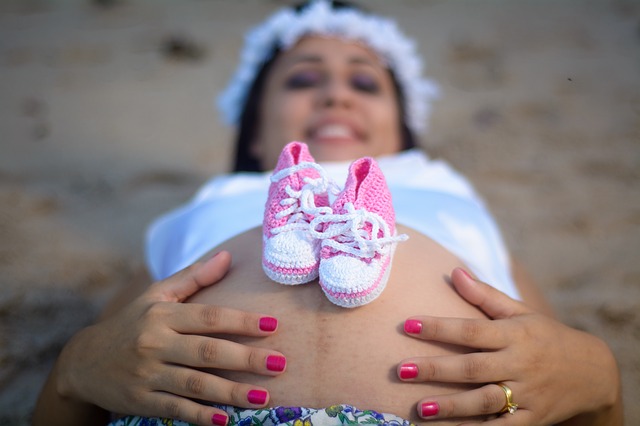
The 3rd trimester
You have reached the last few weeks of your pregnancy & the countdown starts now. Your baby’s brain development is very rapid these last few weeks and her nutritional requirements will reach its peak. She would now weigh about 1kg at the start of this trimester and will gain weight steadily in the next few weeks.
Your little one will still be actively moving but she won’t have much space to stretch out anymore. By 34 weeks, the baby should already be in the position for birth i.e. Upside down with her head pointing down but some babies do decide to somersault back up again. Your doctor will monitor your baby’s position at every visit till birth.
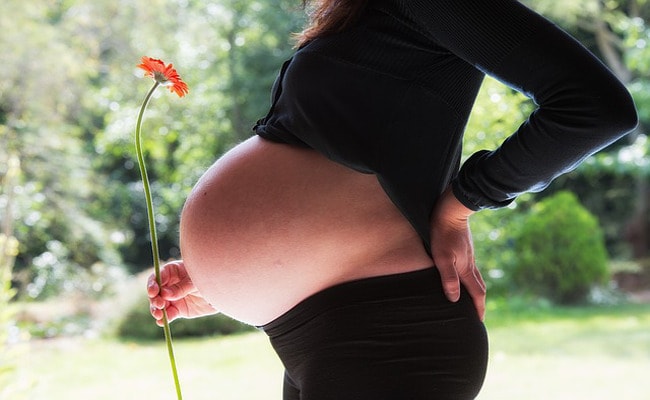
Around 36 weeks, you might feel that your tummy has decreased in size. Not to worry, this is called engagement or lightening where your baby has descended into your pelvis. By the end of this week at 37 weeks, your baby will be term and no longer considered premature if she was born.
If you have passed your due date and still have no signs of labour, your doctor will discuss with you your options of hanging on or to induce labour. Just remember, all babies grow and develop differently so enjoy your pregnancy and be sure to have a well-balanced diet throughout the 9 months.
By Dr Claudine Tan, Specialist in Obstetrics and Gynaecology, SBCC Women’s Clinic
This article was first published in The New Age Parents online magazine.
*Update: Dr Claudine Tan is no longer practising at SBCC Women’s Clinic
If you find this article useful, do click Like and Share at the bottom of the post, thank you.
Like what you see here? Get parenting tips and stories straight to your inbox! Join our mailing list here.








































